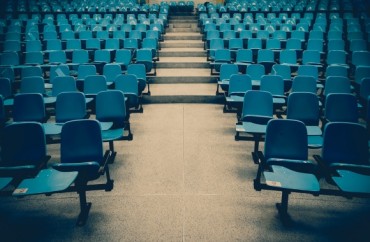
At what point does the idea of ‘safety’ become a hobble rather than a crutch?
Most colleges and universities across the country have shut down their campuses because of the coronavirus pandemic here, and it is unclear if they will open again in the fall. Many administrators are expressing doubt that the pandemic will have sufficiently died down by then; others are worried it will come back in the fall, as respiratory illnesses often do; actuaries and legal teams are no doubt mapping out every single possible disaster scenario to figure out if opening up a campus is even worth the legal risk.
It’s an important question. It also seems almost likely to be a foregone one. The more pessimistic prognosticators in the country have estimated that the United States may need to continue “social distancing” measures for possibly several years until a vaccine is developed. The costs of such a policy would be staggering, beyond the comprehension of even the most experienced economists and sociologists: Several years of suffocating lockdown-style policies would more or less render the United States a second-world country at best, with unemployment reaching levels never before imagined; the effects of prolonged isolation from one another, meanwhile, would drive millions of people toward depression, breakdowns, suicides, severe substance abuse, and countless other problems.
The effect on higher education, needless to say, would be profoundly negative. Most schools would likely have to close: Public universities would collapse for want of tuition (and want of declining state revenue); private schools would see similar drops in cash flow, while their considerable endowments would be decimated by sustained economic downturns. Most students would likely not want to pay much money at all for a degree from an ad-hoc online institution; millions more would simply lack the funds to do so. Professors, staff and administrators would all face mass layoffs: When there’s just no money, you simply have no other choice.
Higher education, then, faces the same question that every other segment of society faces: How much are we willing to let this disease ruin our lives? It appears to be a fairly dangerous disease to certain segments of the population, but the vast majority of the workforce—and an even higher percentage of young college students—is not anywhere near the severe risk category. The experts who have predicted a world-ending catastrophe because of this disease, meanwhile, have been consistently wrong in their projections, while numerous respected scholars have convincingly claimed that the danger of the disease has been wildly overstated. There appears to be relatively little risk of getting infected in public places, while the estimated mortality rate of the disease may be “orders of magnitude” too high.
This is not the kind of data upon which we should so easily shut down our economy and our way of life. Higher education, like every part of the economy, should figure out how to re-open while taking reasonable, fact-based, data-driven safety measures on their campuses. The alternative is, essentially, collapse. It doesn’t seem like that hard of a choice.
MORE: COVID-19 has wrong characteristics for school closures, says study
IMAGE: wk1003mike / Shutterstock.com
Like The College Fix on Facebook / Follow us on Twitter


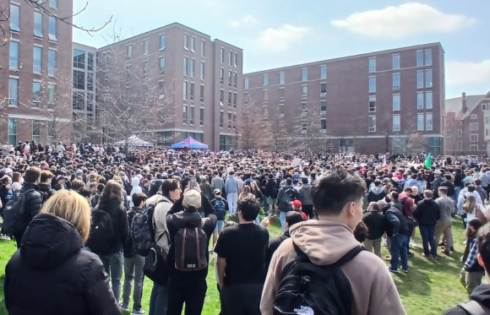
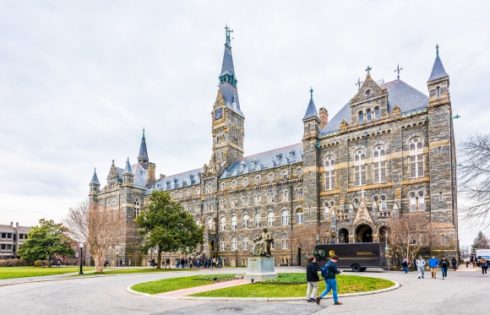
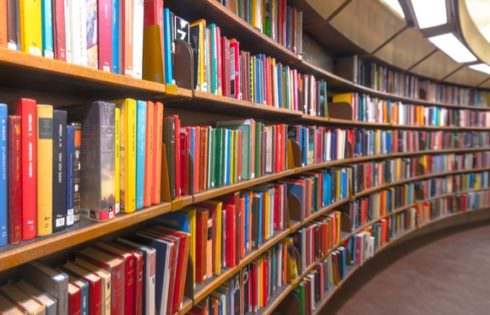
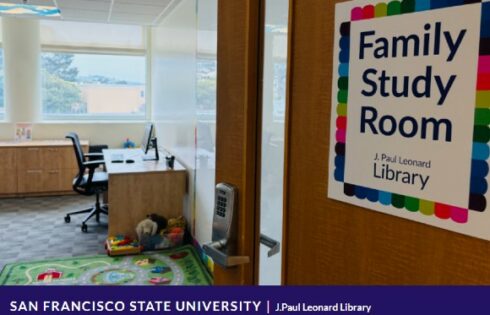
Please join the conversation about our stories on Facebook, Twitter, Instagram, Reddit, MeWe, Rumble, Gab, Minds and Gettr.